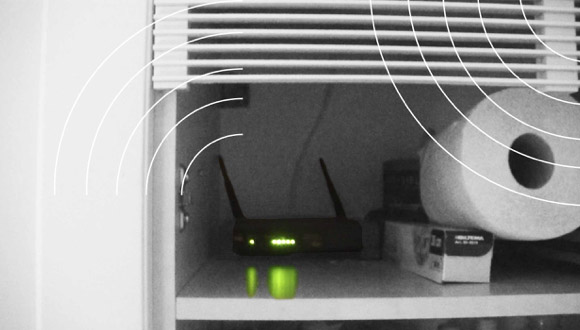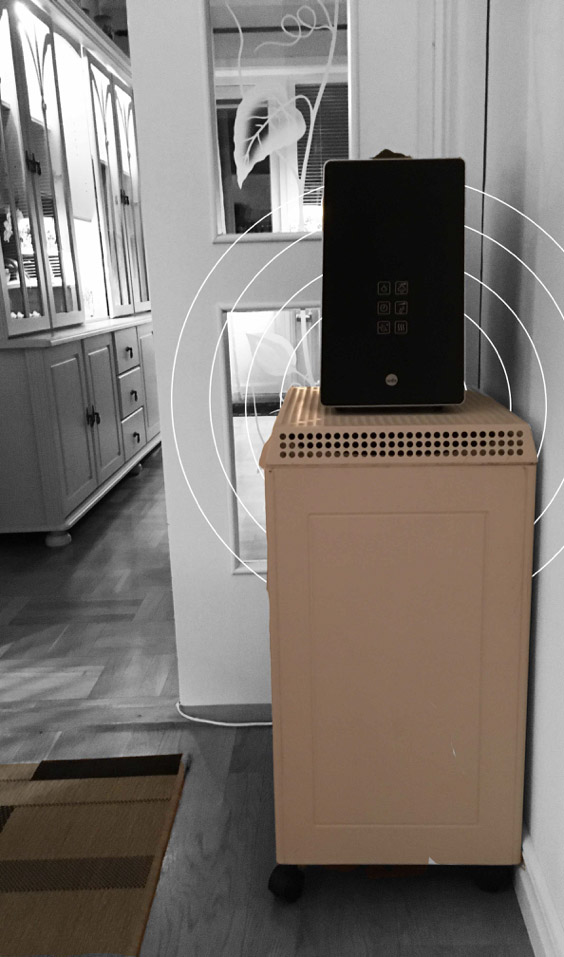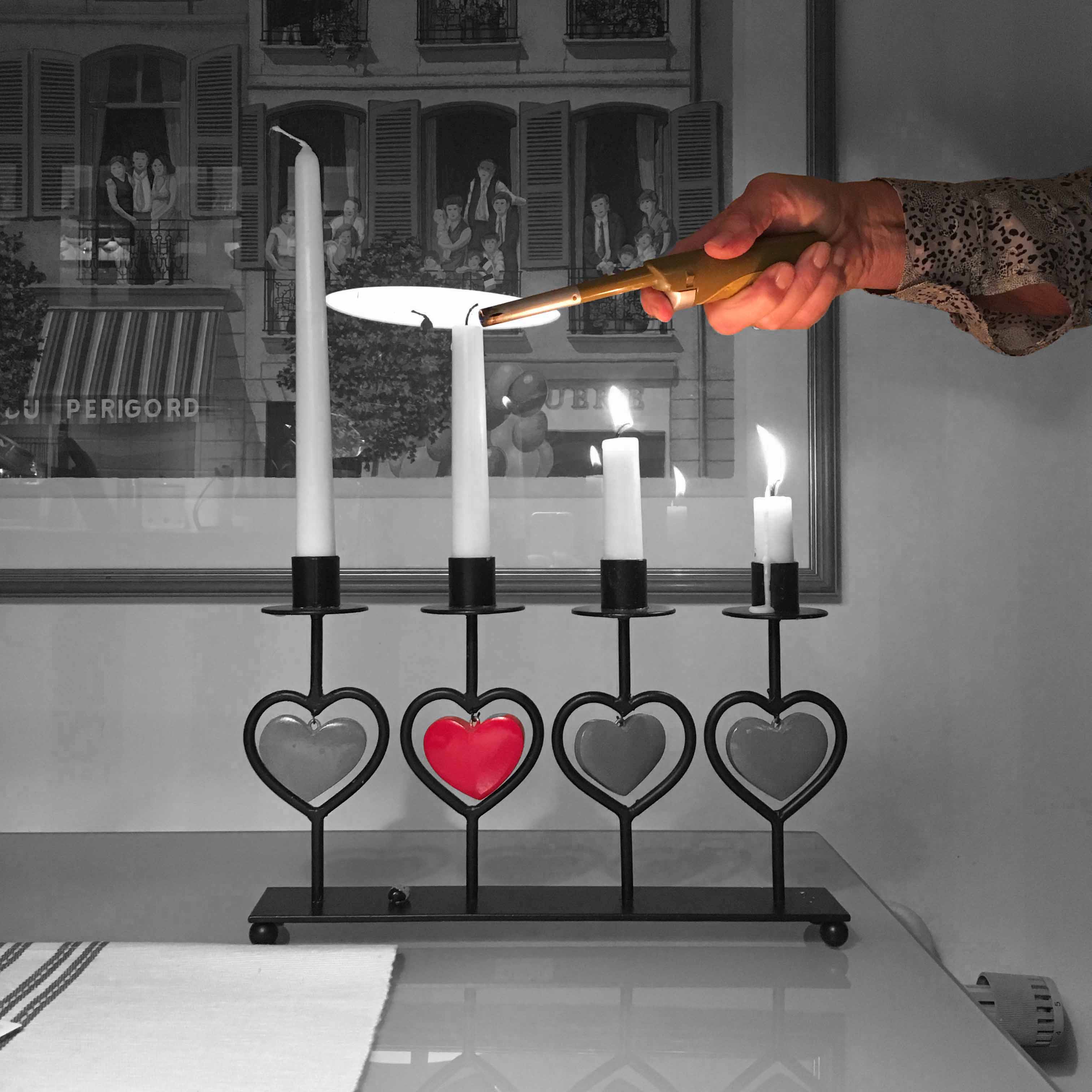Ingrid
living with electromagnetic hypersensitivity






︎︎︎︎︎︎︎︎︎︎︎︎︎︎︎︎︎︎︎︎︎
Keywords: Design ethnography, documentation, electromagnetic hypersensitivity, wifi connectivity
Category: Design ethnography
Location: Umeå, Sweden
University: Umeå Institute of Design
In collaboration with: Ingrid
Supervision: Lone Koefoed Hansen
Year: 2016
Category: Design ethnography
Location: Umeå, Sweden
University: Umeå Institute of Design
In collaboration with: Ingrid
Supervision: Lone Koefoed Hansen
Year: 2016
“Today I’m considered a bit unusual, that I am so sensitive to this, but maybe it’s different in 50 years. I’m just a bit ahead.“
- Ingrid
Ingrid is a woman I met when I lived in Umeå, Northern Sweden. Like most of us, Ingrid lives a modern technological life, but her diagnosis of electromagnetic hypersensitivity (EHS) makes her use of technologies difficult.
EHS is a heightened sensitivity to electromagnetic fields, such as WiFi and microwaves. If Ingrid uses digital technologies or surround herself in spaces with WiFi, her skin starts to reach, she gets headache and she needs to relax or sleep after being exposed. Ingrid has certain places where she cannot go in the city, and even if she has a WiFi router at home, it is only turned on when she updates the software on her smartphone or when her children are visiting. In other words, every time Ingrid uses technology it is a conscious choice — she negotiates between the benefits and needs of using technology and the painful bodily symptoms this brings.
After living three months in Ingrid’s home, I asked Ingrid if she would tell me her story. I interviewed her and I documented her way of living with electromagnetic hypersensitivity by taking photos and video of her most and least favourite objects.
As a design ethnographic study, Ingrid presents the dark consequences of wireless technologies. As we have more and more internet-connected objects in our homes and public spaces, Ingrid tells us something about what it means and how it feels to be surrounded by wifi networks.
Published in:
Marie Louise Juul Søndergaard and Lone Koefoed Hansen. 2017. “It’s Not That It Will Kill Me”: Living with Electromagnetic Hypersensitivity. In Nordes 2017; Design + Power.